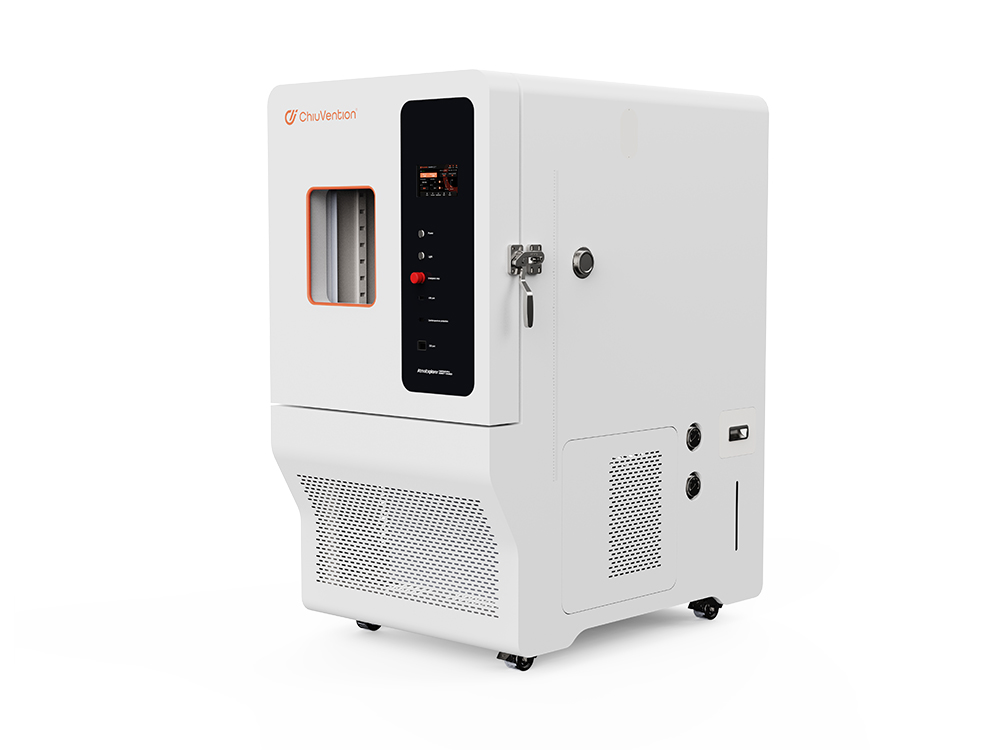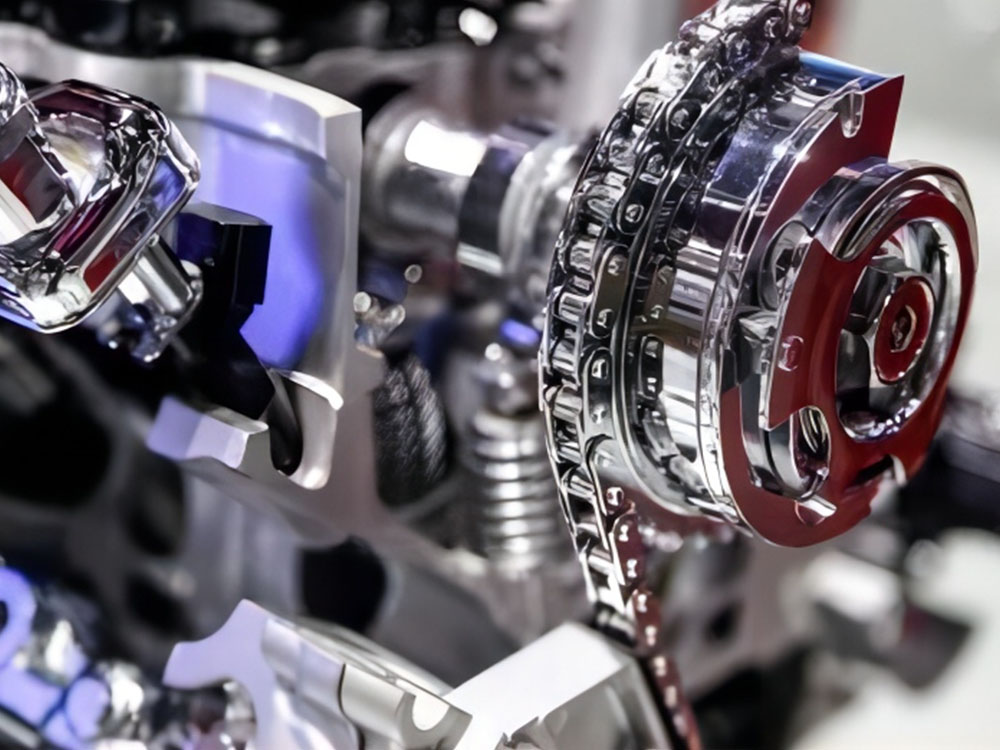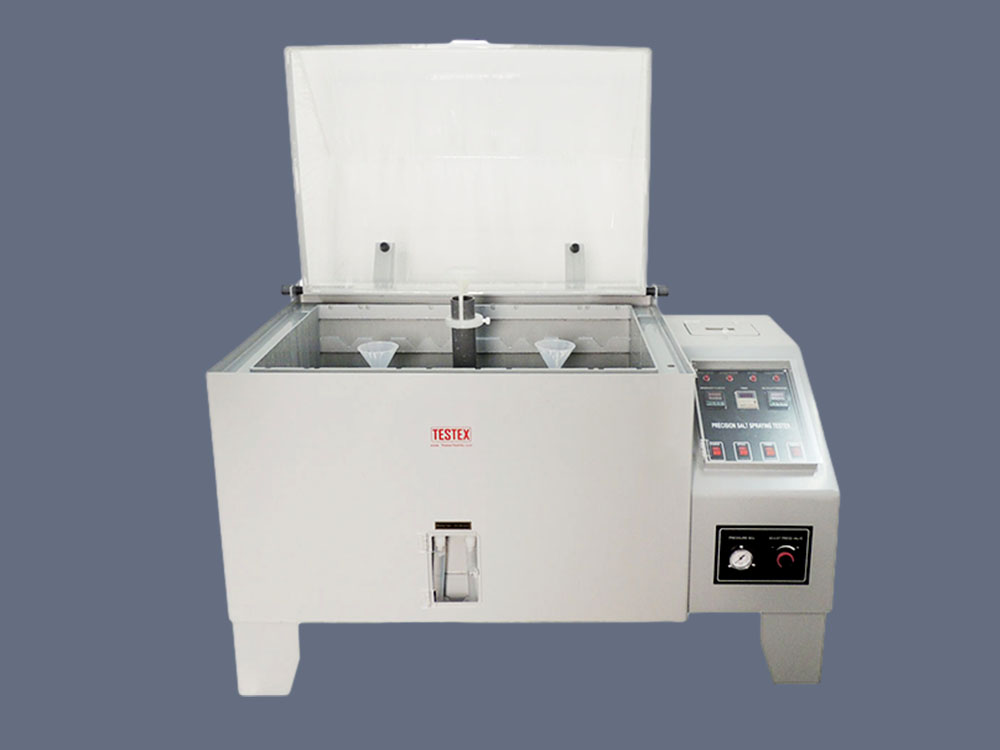1. First of all, we have to figure out what is the environmental test?
We test cars to make the weathering stress of the environment worse. This ages and breaks car parts. It shows us how well the parts can handle these stresses (like temperature, humidity, light, rain, impact, salt spray, etc.). Cars face this harsh outside and climate for a long time.
This causes them to lose performance and fail, hurting the car’s service life. Component quality directly determines car quality. So, when making new products or cars, test the parts for quality if the material or process changes. Vehicle reliability tests can evaluate part quality. However, these tests are often environmental. They start in the research and development stage of the car. They continue to the product finalization, production, and quality improvement after mass production. This testing is important basic work.
2. What are the environmental tests for auto parts?
Reliability tests for cars and car parts are common. For example, the car casing must pass tests at high and low temperatures. It must also pass embrittlement, corrosion, and immersion tests. The seat must pass embrittlement tests. The transmission must pass tests at high and low temperatures and corrosion tests. Above the test machine and equipment are:
2.1 Constant temperature and humidity test chamber
2.2 High and low temperature test impact test box
2.3 The chamber tests resistance to weather embrittlement.
It must use pro equipment. This includes chambers for constant temperature and humidity. It also includes chambers for high and low temperature impacts. And it includes weathering chambers for tests.
The simulation simulates cars and spare parts under set conditions. It checks if the products have changed. And it looks at their physical or organic chemical fields. It also checks if their traits change. This helps to improve quality control.
Also, the car needs to do whole-car volatile organic compound monitoring. The goal is to test the harmful substances in the car. These vapors are harmful to humans, especially in hot summers when the car releases more of them. This time it is necessary to use the car whole car voc natural environment testing cabin to test. VOC natural environment testing facilities for automotive parts and accessories:
2.4 Car interior parts have VOC testing chambers.
They are, in short, vital parts of many automotive testing centers. These centers have constant temperature and humidity test chambers and other key facilities. The car reliability test will use the walk-in test chamber. The chamber has constant temperature and humidity. It must cover all parts of a comprehensive reliability test.
3.Introduction to environmental tests for automotive components
In the automotive part of the environmental test, the main task is to pick materials. You also pick assemblies and components. They choose them for their ability to handle the environment. The test checks if the parts can handle the environment and intensity that car parts face. It checks to see if they can do so without damaging them. It also checks if the parts can work normally and meet their design requirements. Design and install fixtures to accurately determine loads under test conditions. Process data after conducting the laboratory component test.
3.1 Classification of the sizing stage:
In the stereotyping stage, carry out the environmental identification test. You must also use environmental tests. They verify that the product meets the requirements. This provides a basis for stereotyping and identification decisions.
3.2 Production stage classification:
In production, do environmental acceptance and routine tests. They verify the process’s stability. They inform the decision to accept mass-produced products.
3.3 Use stage classification:
In the use stage, carry out the needed use and natural environment tests. They give data for evaluating the product’s adaptability.
3.4 Classification of automotive components:
Automotive components can classify them. They are in three groups: electrical parts, chassis parts, and body and accessories.
3.5 Classification of test types:
One can classify it by the type of test. There are high and low temperature tests. Also, there are humidity, corrosion, vibration, and durability tests.
Tests during research and development reveal flaws in car designs. Quick fixes and improvements boost vehicles’ ability to handle different environments.
4. The influence of climate environment on product performance and quality
4.1 Classification of environment
Scientists classify climates based on their environments. There are cold ones, hot and humid ones, low pressure ones, and ones with radiation, sand, dust, salt spray, and rain.
4.2 Effects
(1) High temperature environment
High heat softens and expands car parts. It also makes them evaporate and crack. The heat can melt and age the parts. These effects cause the car to break. They make its lubrication and sealing fail. And they also make its circuits insulate poorly. They increase the parts’ stress and weaken their strength.
2) Low temperature environment
The cold will shrink car parts, freeze oil, weaken them, and make them brittle and stiff. The cold will also cause icing. The car will then break, wear out, and have bad seals and insulation in its circuits.
3)Humid and hot conditions
Humidity will make the metal surface deteriorate. It will reduce its electrical strength and insulation resistance. It will make its electrical performance decline.
4)Low air pressure conditions
Low air pressure will hurt the engine and emissions. It will cause starting problems, unstable work, seal failure, and electrical problems.
5)Radiation conditions
Solar radiation will heat and chemically change materials. This will make them age, become brittle, expand, soften, and change in viscosity. It will also cause seals to fail.
6)Sand and dust environment
Sand and dust cause wear and tear of parts and plug. They make filters fail and seals degrade.
7)Salt spray environment
Salt spray will cause chemical reactions. These will reduce strength, corrode materials, and change electrical performance.
8)Rainwater environment
Rain will cause landing penetration. It is easy to stall the engine and make electrical equipment fail. It speeds up corrosion of metal.
5. Environmental test methods and equipment selection
Science and technology have led to advanced test equipment. It is intelligent, virtual, networked, and small. And it is very accurate and has a high rate of characteristics. It will keep developing this way. The usual environmental testing methods work for many environments. The article briefly describes them and the testing tools. It also explains equipment selection.
5.1 Light resistance and aging test:
The lab test checks how well materials resist light and aging. It is a fast and good simulation of environmental testing. And it can partly replace the long natural exposure test. It is faster than the natural test at assessing aging. We use artificial light test equipment to speed up the aging of parts. For example, we select a xenon lamp aging test chamber. The chamber simulates sunlight. It tests how car materials resist light and weathering. It can control light levels and test material stability and color. The standard mandates comparisons of full-spectrum light and rainwater damage effects. UV aging uses a fluorescent UV lamp as a light source. It is an accelerated weathering test for automotive interior and exterior materials. It simulates environmental conditions. These include UV, rain, heat, humidity, condensation, and darkness. We use an ozone aging test chamber to study how ozone acts on rubber. It simulates and strengthens the ozone conditions in the atmosphere. This can quickly identify and evaluate the rubber’s resistance to ozone aging.
5.2 Cold and heat shock and temperature and humidity test:
The chamber tests non-metal car parts and electronics. It tests their reliability in high and low temperatures and humidity. It has wide temperature control. For electronics, use the range set by the “Basic Environmental Testing Procedures”. It can test electronics and materials in high heat, low cold, and hot and humid conditions.
The test checks many things. It checks plastics, rubber, and other non-metallic materials. It also checks car body accessories and electrical and electronic products. To do the test, we use a special chamber. It is for high temperature and heat aging tests. We call it a thermal shock chamber. In the test, we understand the high temperature resistance of car parts. This includes rubber and plastic parts, body accessories, and electronics. It also includes the heat resistance of car interior and exterior materials. It also includes the heat resistance of electrical parts. The test checks how these parts handle changes in temperature. It’s key for quality control of car parts.
5.3 Sealing performance test:
We chose a box-type rain test chamber. We will use it for the waterproof test of lamps, wiring harnesses, and other shells. It simulates rain to test the waterproofing of car lamps. It also tests wiper strips and low-voltage electrical shells.
5.4 Flame retardant test:
The fabrics for car seats and the plastic parts of the car’s interior must pass a combustion test. They use a special test machine for testing decorative parts. They burn specimens of the materials to see if they resist flames from a specific fire source. Test evaluation standard GB8410-2006 automotive interior materials, combustion characteristics of devouring Li.
5.5 Sand and dust test.
The sand and dust test tests the dust resistance of components. It simulates the natural wind and sand to test their destructive effect on car parts. You can choose a suitable dust test chamber based on its size. Consider its temperature range, humidity needs, dust level, and pressure.
5.6 Voltage drop test test:
Choose the voltage drop tester to detect the plug. Connect the plug lead wire and other junctions. You can judge the junction’s quality by the standard. The bending test specifies requirements for broken wires. For example, the LX 8830B tester can measure the voltage drop. It measures the drop across non-reconnectable plugs. And it can also measure the drop across connectors connected to the lead wire. It can also measure similar junctions.
5.7 Brittleness test and material discolouration test.
It tests rubber low-temperature brittleness. It also tests non-hard plastics and similar elastic materials. People use these materials in low-temperature conditions. The machine determines the temperature at which the specimen breaks. To assess material discolouration, use the standard light box.
5.8 Salt spray (cyclic) corrosion test.
We can test the corrosion resistance of metals and non-metals used in cars. There are three main tests. They are the neutral salt spray test. And they are the copper accelerated acetic acid salt spray test. They are the cyclic corrosion test. The salt spray test assesses how well protective coatings prevent steel corrosion. It is an accelerated test for corrosion. It is widely used to evaluate the corrosion resistance of car parts. We can’t simulate the dry and wet conditions of the real atmosphere. So, we can’t truly simulate the corrosion of outdoors. Also, the parts fail in ways that the neutral salt spray test doesn’t show. The copper-accelerated acetic acid salt spray test is an accelerated corrosion test. Users utilize it to assess decorative plating layers, such as “copper + nickel + chromium”. The test is like outdoor corrosion. It’s more accurate. Its main factors are corrosive media, spray, wet heat, and drying. It uses different combinations and cycles. They simulate corrosion of car parts in the air. Before testing, workers scribe and stone coated automotive parts.
Picking a salt spray (cyclic) corrosion tester has an advantage. It can test how well car metal fights corrosion. And it does this by exposing the sample to many salt spray conditions. It does this in repeated cycles. Many automotive companies currently use the cyclic corrosion test method. They use it as an approved way to evaluate the corrosion resistance of car parts.
5.9 Gas Corrosion Test:
The gas corrosion test for car parts has two categories. One tests high sulfur monoxide concentrations. It tests steel alloys, inorganic coatings, and strong paints. The other tests low concentrations of various gases. It mainly finds hydrogen sulphide. It also finds sulphur dioxide, nitrogen dioxide, chlorine, and other toxic gases. They harm car electronic products, USB plugs, and connectors.
5.10 Other tests:
The environmental class test covers carbon steel. It also covers alloy steel, cast iron, and non-ferrous metals. And it also covers plastics. It also covers the Rockwell hardness test. This test also covers the Brinell hardness test for the same materials. It also covers plastics, soft rubber, synthetic rubber, and other non-metallic materials. And it covers hardness tests for parts of products. It also covers the hydraulic pulse test for automotive brake, steering, and fuel pipes. Finally, it covers tests for voltage interference and static electricity. It also covers group pulses, voltage drop, and insulation.
6. Conclusion
China has very strict rules for automobile use. The “three high” conditions there demand more from cars. China has improved its automotive testing and environmental research significantly. However, it still lags behind other countries due to its late start in the field. The car industry is rapidly developing. Technology is also improving. The future trends for testing are: many ways to test the environment. They use real and lab tests. They cover a wide range of virtual tests. These trends are due to the complex and diverse test conditions. Virtual tests will be the main focus. They have many uses.
For more environmental test chamber, Please visit: https://chiuventionclimatechamber.com
For more environmental test simulation programmes,environmental testing knowledge, instrument knowledge, and environmental testing laboratory knowledge, please contact us: [email protected]




